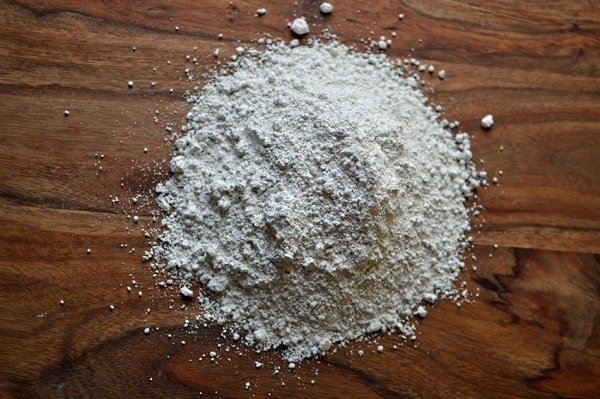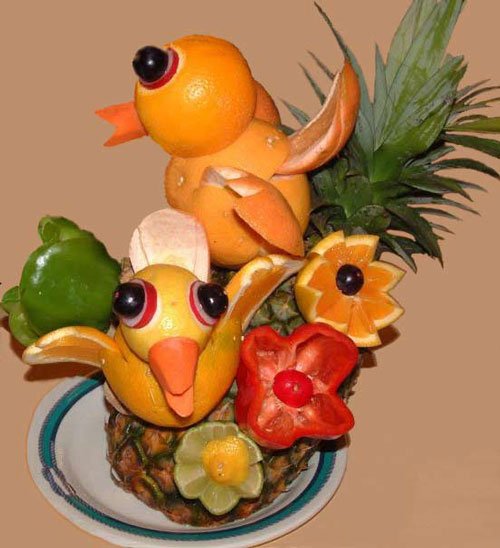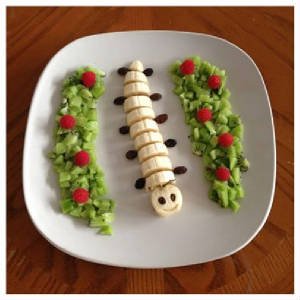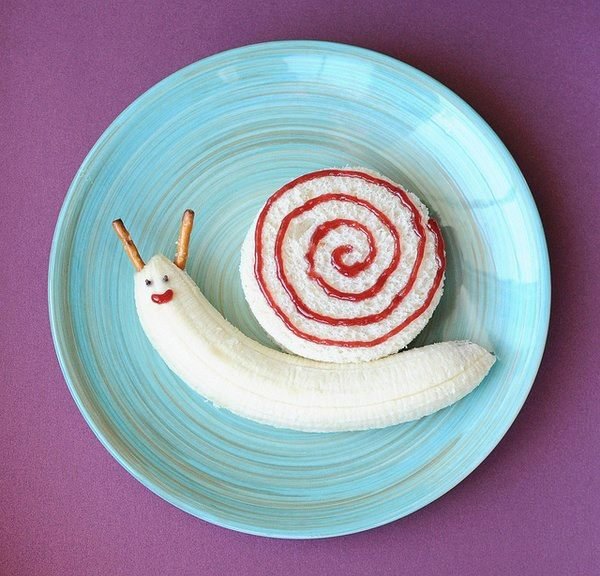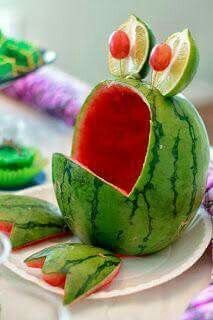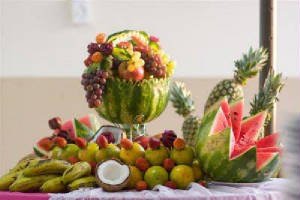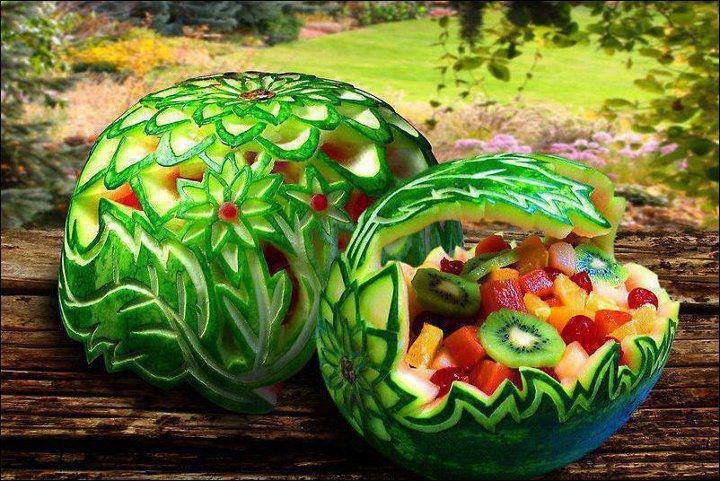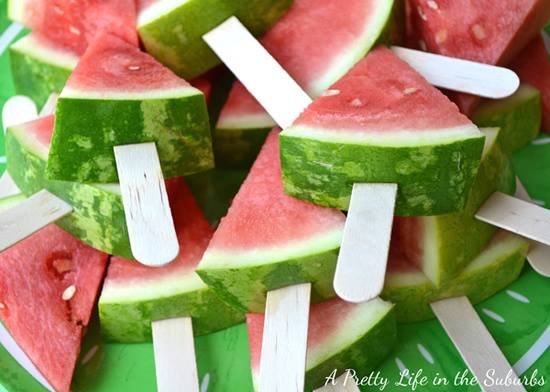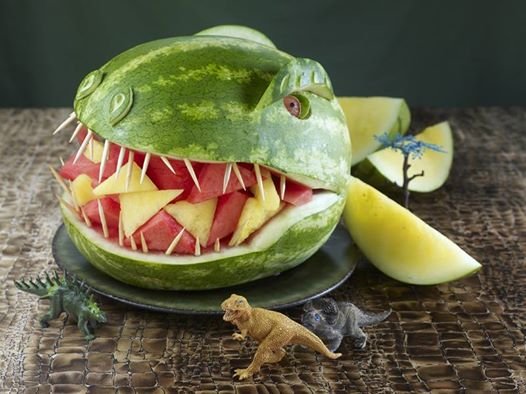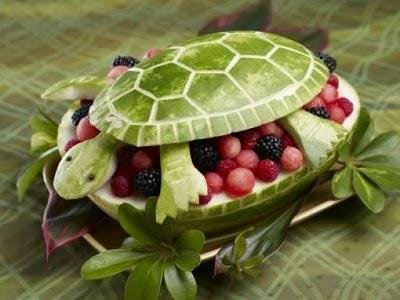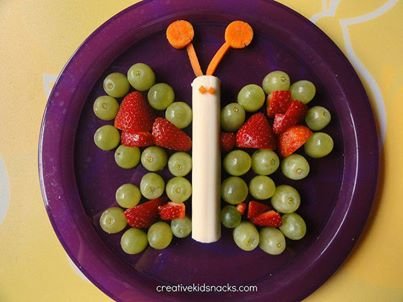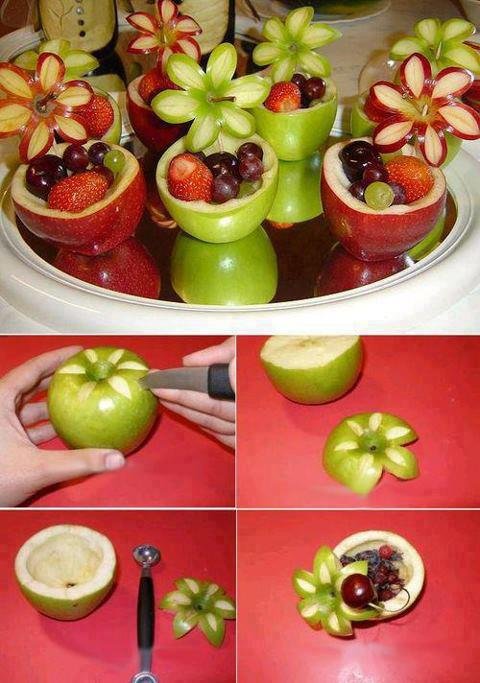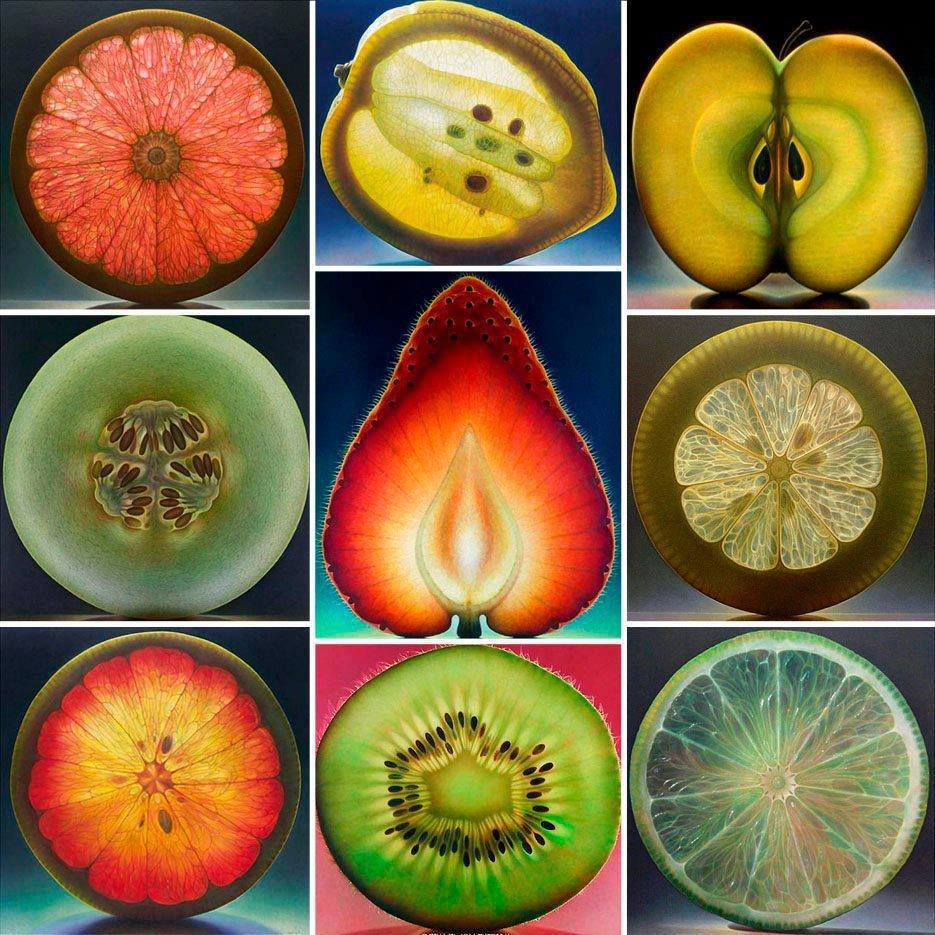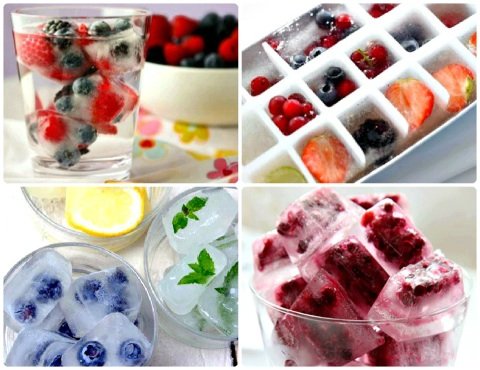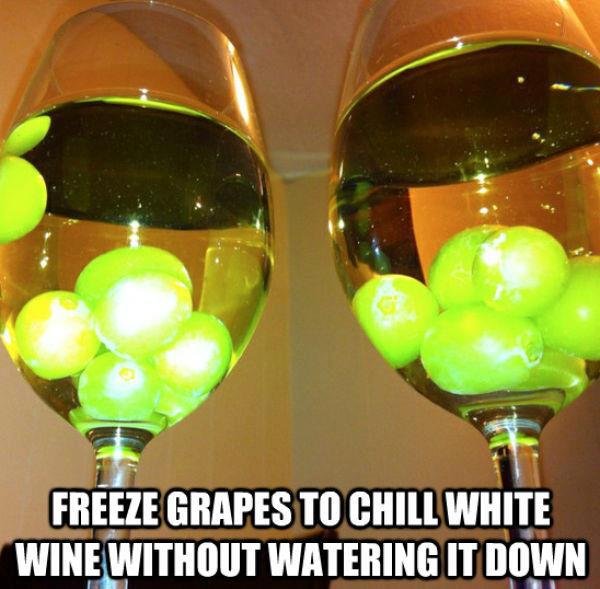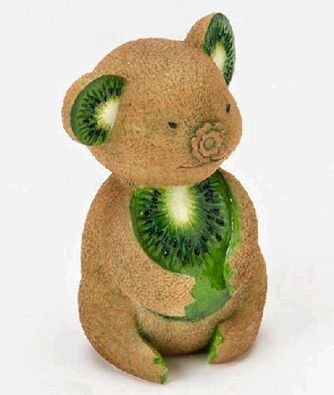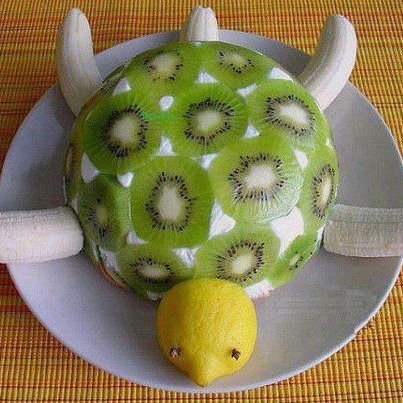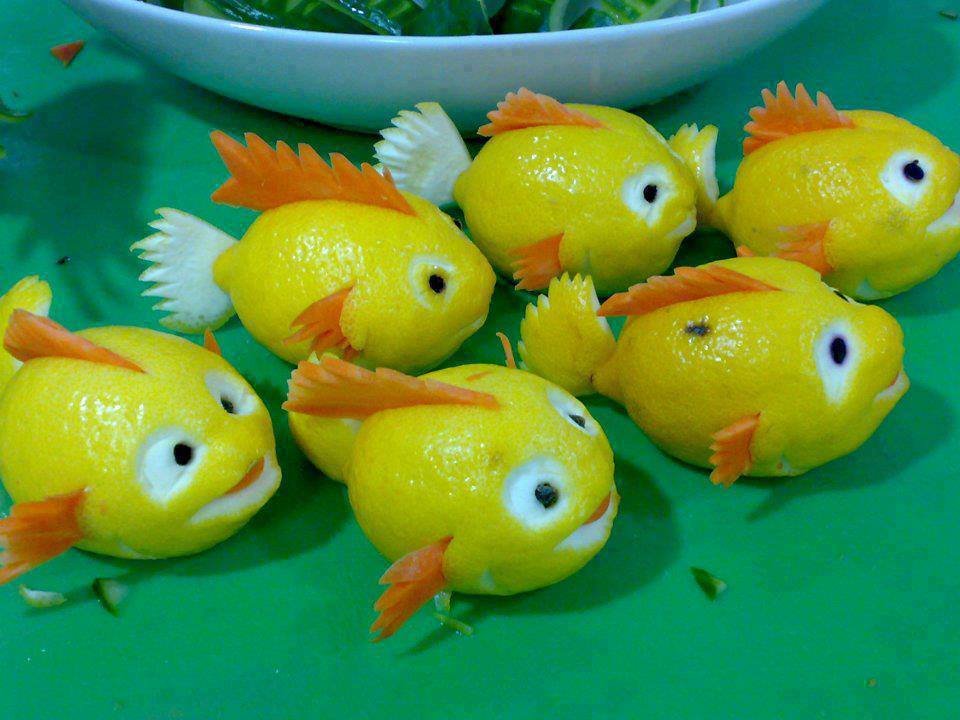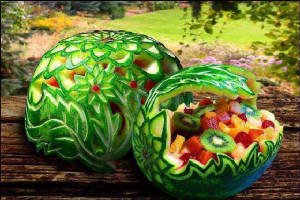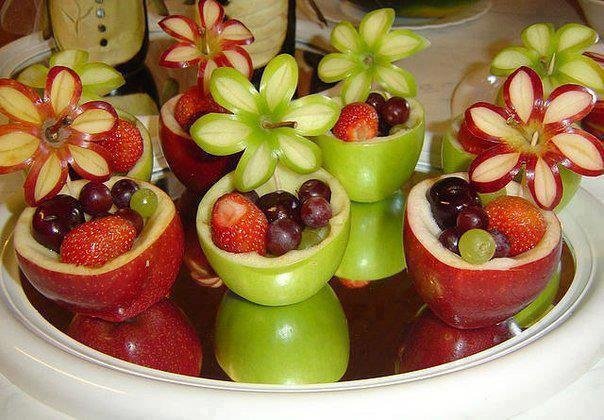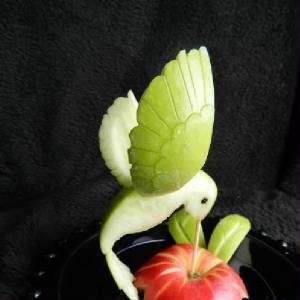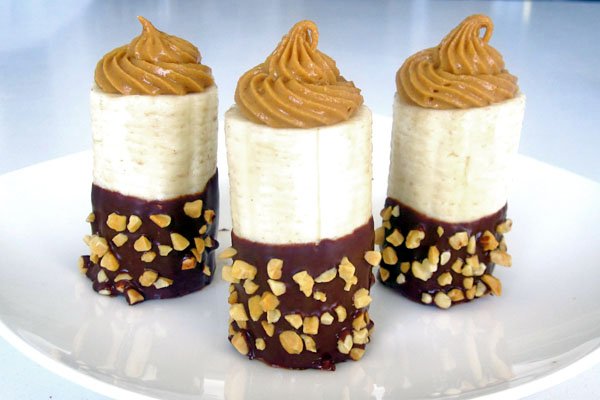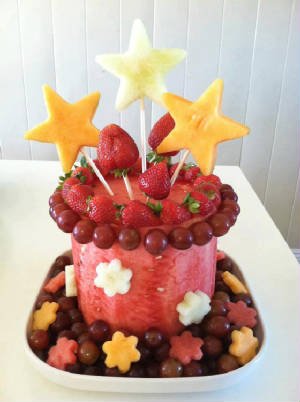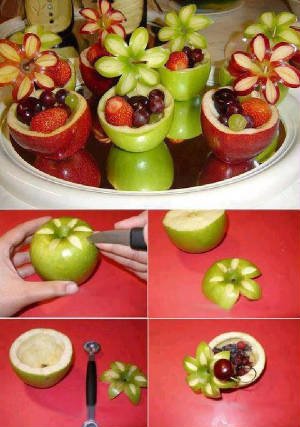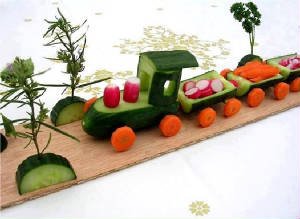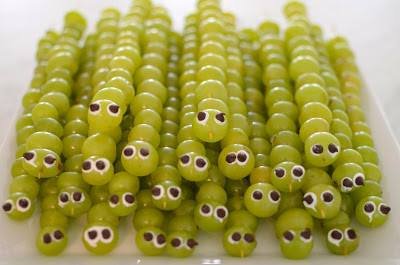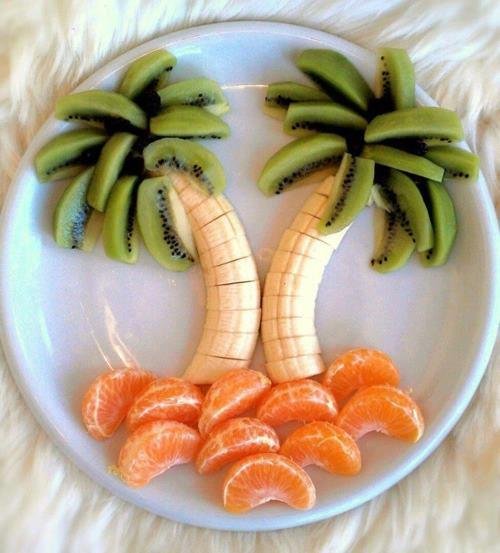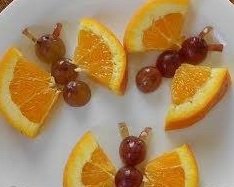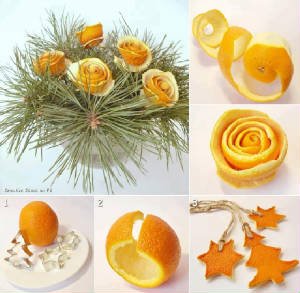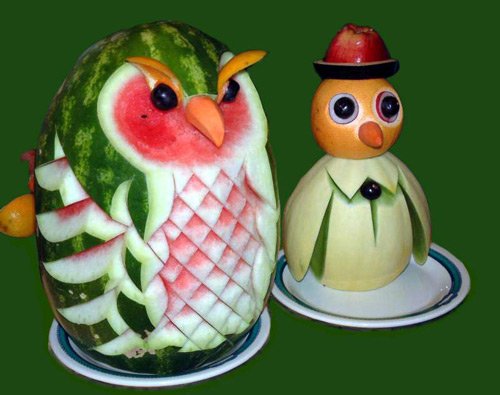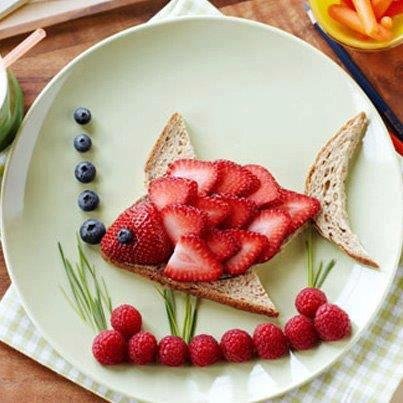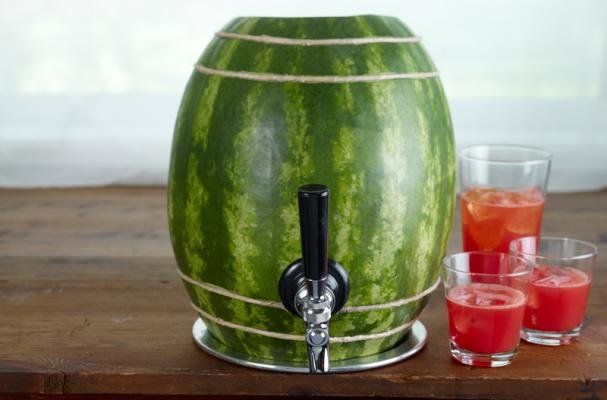
Power Point Programs

Pepper
Black
pepper is a flowering vine cultivated for its peppercorns. The mature fruit
is dark red, containing a single seed (like all drupes.) Peppercorns may be described as
black, green, or white.
Vietnam is the world’s largest
producer and exporter of pepper. Dried ground pepper has been used since
antiquity for its flavor and as a traditional medicine.
Black pepper exhibits antioxidant,
anticancer, and anti-inflammatory activities.
Black pepper helps promote weight
loss, improves digestion, relieves a cough and cold, boosts metabolism, and
treats skin problems. It reduces the risk of cancer, and heart and liver
ailments. Because of its antibacterial properties, pepper is used to preserve
food. It is also a very good anti-inflammatory agent.
Black pepper is a rich source of
minerals like manganese, copper, magnesium, calcium, phosphorous, iron,
potassium, and vitamins like riboflavin, vitamin C, K, and B6 and has a high content
of dietary fiber and a moderate amount of protein and carbohydrates.
Consumption of pepper facilitates
digestion and can promote sweating and urination. Sweating removes toxins and
cleans out the pores and can remove excess water. In terms of urination, you can
remove uric acid, urea, excess water, and fat, since 4% of urine is made of
fat.
Its unique combination of vitamins, minerals, and oils helps to
increase nutrient absorption, improves heart rate and blood pressure, supports healthy
cell growth and digestion, and has anti-inflammatory, antioxidant,
antibacterial, fever-reducing, and immune system-enhancing properties. It acts
as a natural antidepressant, provides clear skin and beats dandruff.
Black peppercorns
are picked when almost ripe and sun-dried, turning the outer layer black.
White pepper
tastes hotter than black. They both have a fiery, but less pungent taste, and
are good for sauces and food. There are different varieties of white
peppercorns. To produce white peppercorns, this outer layer of black
peppercorns is removed. Tellicherry is probably the best-known variety. It
comes from India and typically has larger specimens than other black
peppercorns
Green Peppercorns
are fruits picked while immature and either air-dried, freeze-dried or brined.
They have a fresher fruitier flavor, but not as sharp and astringent as black. They
are more common in brine. They’re great for flavoring sauces for meat dishes.
This is the peppercorn used for classic peppercorn sauces. Brined green
peppercorns are popular in French cuisine.
Red Peppercorns are left to fully
ripen on the vine and turn a brilliant shade of red. It’s rare to find red
peppercorns as is; they are usually dried and develop a black coat, or dried
and stripped to become white.
Pink
Peppercorns aren’t actually peppercorns, but are berries that come from a
South American shrub. Though have a peppery bite with fruity and floral tones
and used for garnishing. It is best to crush them in a spice grinder or a knife
rather than a pepper mill, because they are delicate.
Pink
peppercorns come from the Peruvian or Brazilian pepper tree and are similar
in flavor to black pepper, but milder, a tiny bit sweet and highly fruity. They
are more closely related to cashews than black pepper so be wary if you suffer
from nut allergies.
Sichuan
peppercorns are not at all related to other peppercorns, and the flavor
lacks the pungency and bite of black, white and green pepper. It’s more citrus
flavored with gradually mounting heat that leaves your mouth feeling
deliciously tingly.
Long pepper
has powerful sweet-spicy fragrance. The usable part of this plant is a flower
spike coated in tiny fruit that taste a like black pepper, with extra heat.
Grains of
paradise are the seeds from a plant in the ginger family
and are referred to as “alligator” pepper. They have a peppery flavor
that’s citrusy and used in North
and West African cuisine. It’s a popular flavoring agent and used to flavor
craft beer and spirits.

Salt
Saltflat in Bolivia- ” The Border between heaven and earth.”
Humans need dietary salt in order to survive. The production of sea salt has been dated all the way back to prehistoric time. The most convincing fact that salt is critical to life is that the amniotic fluid is salty! And that salt is not processed salt! The history of human civilization is linked to salt. Animals created paths to salt licks, men followed turning trails into roads and settlements would grow beside these roads. As civilizations grew around the world, salt continued to be one of the main items used for trad
Himalayan Pink Salt is one of the purest salts and is as old as the earth. Many believe Himalayan sea salt is the purest salt available. With a history dating back to Earth’s creation, it’s believed to be composed of dried remnants of the original, primal sea. Known as “pink gold,” Himalayan crystal salt contains all of the 84 elements found in your body. :It may cost a little more but is worth the price for its health benefits. Using a small amount of this precious salt daily is sufficient to provide what our body needs.
Added to a natural face scrub, finer crystals help to exfoliate. Pink Himalayan crystal salt is widely believed to help with losing excess fat. Other health benefits include heart health, healthy blood sugar levels, healthy libido, better sleep patterns, preventing rheumatism, preventing gout naturally, and sinus health. Some of the health benefits of Himalayan Pink salt are:
- Avoids Dehydration and Balances Fluids -Water follows salt. If you increase sodium too much, water retention occurs. The opposite is true also: A loss in sodium results in a loss in water, potentially causing dehydration and extreme thirst. By consuming sea salt daily, you maintain sufficient sodium levels helping to balance your sodium-potassium ratios. Sodium and potassium are two electrolytes that work together to ensure proper fluid balance in your body’s cells as well as your blood plasma and extracellular fluid.
- Excellent Electrolyte Source – minimal processing of unrefined sea salt enables it to retain its natural mineral content. Sea salt contains many major electrolytes, like sodium, magnesium, calcium and potassium, absolutely essential to good health. Electrolytes have many important functions — from regulating your heartbeat to allowing your muscles to contract so you can move. Sea salt in moderation can help avoid an electrolyte imbalance, which can cause serious negative symptoms. The electrolytes are vital to the nerves for communication and information processing of the brain cells. This salt assists in the generation of hydroelectric energy in the cells.
- Proper Brain, Muscle and Nervous System Function – Sea salt is essential for proper brain, muscle and nervous system function. Sodium is a regulator of water in your body and required for the transmission of electrical signals in the body. Without this communication system working the brain, muscles and nervous systems are inclined to suffer. Too much or too little sodium causes cellular malfunction.
- Digestive Health Aid and Nutrient Enhancer – Having enough stomach acid helps the body absorb vitamins and minerals like calcium, zinc, iron, folate and B12. Consuming a high-quality sea salt regularly can help your body absorb more nutrients from the foods that you eat.
- Promotes healthy pH balance in your cells (particularly your brain cells). Prevents over-acidity in body: The rich minerals eliminate unwanted sodium from the body, extracting excess acidity in the body, especially in the brain. An over-acidic body creates many health problems and an endless list of degenerative diseases.
- Promotes blood sugar health and helps balance out blood sugar in diabetics. Can help reduce the signs of ageing. It alkalizes the body.
- Absorption of food particles through your intestinal tract is enhanced. Himalayan Pink Salt helps with the absorption of vital nutrients in the intestines and helps reduce the chances of forming kidney and gall bladder stones. Not enough salt in the diet can negatively impact digestive health and lead to the body not producing enough hydrochloric acid in your stomach which can seriously throw off the digestive system. Sea salt provides chloride, which is the building block of stomach acid.
- Promote sinus health and supports respiratory health. Pure salt taken before sleep has helped sufferers sleep through the night as it breaks up the irritating mucus, providing much relief.
- Prevent muscle cramps by providing essential minerals to the muscles that prevent muscle cramps. Muscle cramps can be treated or prevented naturally by taking this pink salt.
- Promote bone strength – This salt contains over 80 minerals essential to health and bone building. Sea salts are a great source of minerals and typically contain 60 trace minerals. Himalayan sea salt contains 84 minerals. It’s harder to obtain trace minerals from the foods we eat because of nutrient depleted soil.
- Regulates your sleep supporting deeper and more restful sleep: When pure salt is taken with warm water before bedtime, it promotes a deeper and longer sleep that is both restful and refreshing. Nor does it cause you to wake up and wanting to urinate.
- Supports your libido and builds the immune system. It is believed to help slow the effects of aging and promotes vascular health. It aids healing, providing the rich minerals directly to cells to enhance resistance to infections and bacterial diseases. It helps our body heal quicker when there has been a surgery, sickness, burns, and mental disorders. Bathing wounds in pure salt water does not sting, and helps wounds heal faster and is helpful for gargling or drinking to ease sore throats.
- Helps control saliva: If you drool in your sleep, it could mean that your body is deprived of the right kind of salt, and that you are not drinking enough water. This condition may lead to double chin as your saliva glands work doubly hard to lubricate your insides. Drink more water with pure salt to stop this condition.
- Regulate your blood pressure with sufficient water and potassium intake. If you have high blood pressure, pure salt will bring it down. But if you have low blood pressure, pure salt will bring it up to normal. Only nature has been designed with the ability to do this.
Celtic Sea Salt is comparable to Himalayan crystal salt in its composition and health benefits. Being of a grayish hue, it is naturally harvested in Brittany, France, near the Celtic Sea using a 2,000-year-old Celtic method that is crucial to preserving its life-giving nutrition profile. This salt retains its moisture and is moist to touch, in spite of how you store it. Celtic Sea Salt is powerfully beneficial.
Other sea salt options include
Fleur de S0l: French or Portuguese for “flower of salt,” this sea salt gets its name from the patterns of crystals that resemble flowers. This salt forms as a thin, fragile crust on seawater’s surface as it evaporates. Today it’s most commonly used for cooking as a finishing salt.
Flake Sea Salt can be formed naturally or produced by a variety of methods. Most flake sea salts have thin, flattened crystals that provide more surface area. Pure salt has been shown to normalize blood pressure. Flake sea salt has a saltier taste but lower trace mineral content than other sea salts.
Hawaiian Sea Salt is a traditional Hawaiian salt. Alae is a natural red volcanic clay added to enrich the salt with iron oxide, and it gives the sea salt its distinctive red color. Real Hawaiian salt is pricey and hard to find outside of Hawaii.
Italian Sea Salt: This sea salt is derived from the Mediterranean Sea along the coast of Sicily.
Sea Salt vs. Table Salt
Table salt is mined from underground salt deposits. It’s heavily processed to eliminate healthy minerals. It is manufactured by taking natural salt and heating it to 1,200 degrees Fahrenheit and the chemical composition is completely altered and all nutritional benefits are destroyed.
Generic table salt is about 97.5 percent sodium chloride and a 2.5 percent balance of an array of ingredients. Eighteen food additives are allowed in table salt. This processed “fake” salt puts people at risk of developing cardiovascular events and chronic disease because of elevated blood pressure and arteriosclerosis. Processed “salt” causes your body to retain fluids. People who use these products develop diabetes, gout and obesity more than people who don’t.
Most table salt is iodized and puts people at risk for over-iodization, which has been shown to abnormally enlarge the thyroid gland and cause thyroid problems, such as thyroid-related autoimmune disorders. Excess iodine in the diet can lead to nausea, headaches and unhealthy hormone levels. Table salt is heavily processed in excessive heat that removes 82 out of the 84 minerals in salt, leaving behind only sodium and chloride. Sea salt is a general term that refers to salt derived from the sea. And that is what it is, except that most brands are refined—similar to table salt.
Salts that are not sea salt are derived from underground salt deposits left behind by seawater. Sea salt is produced from the evaporation of current seawater. The evaporation is accomplished by either open-air solar evaporation or by a vacuum evaporation process. Look for unrefined sea salt, which has more of its inherent health properties. Refined sea salt is washed to strip it of its trace minerals. You don’t want a sea salt that lists “sodium chloride” as its main ingredient because this means it’s just as refined as table salt. Beware of additives when purchasing sea salt. Some commercial producers of sea salt include health-hazardous additives in their final product, and certain additives trigger leaky gut.
If a diet is high in sodium, excess water is excreted by the kidneys . Symptoms of too much salt include bloating, lethargy, dehydration, weakness, irritability and muscle twitches. Hypernatremia occurs when there’s an imbalance of sodium and water in your body. This condition is most common in infants who have a low intake of breast milk or of formula not mixed properly, and in older adults, people with diabetes or kidney problems, severe burn patients, people who take diuretics, and those who eat heavily processed diets. Symptoms can include intense thirst, headache, confusion, irritability, restlessness and drowsiness.
Table salt is found in processed and packaged foods and causes many problems. Sea salt in moderate amounts daily is a health booster in multiple ways. Sea salt is also more flavorful. Table salt is refined and extremely unhealthy and toxic. A list of dangers when we consume refined table salt found in commercial cooking and processed foods:
- High blood pressure
- Accelerated aging cellular degeneration
- Respiratory and blood sugar problems
- Aggravates inflammatory issues—rheumatism, asthma, arthritis and gout
- Liver failure, adrenal exhaustion
- Kidney and gallbladder stones
- Heart muscles tire and lacerate, causing fatal heart attack
Generally, you need to use 2/3 of the amount of pure salt vs. table salt. For therapeutic use, increase your water intake. For every quart of water, stir in ¼ teaspoon of pure salt and drink. No, drinking pure salt water does not make you thirsty, only dead table salt makes you thirsty. Put in a pinch of sea salt into your fresh juices and taste the difference.
Cancer patients on a healing program are advised not to take salt. If you have to, take natural sea salt sparingly. Your body requires only very little salt and most foods contain small amounts of sodium that is sufficient for your body with higher amounts in cucumber, celery, tomato, potato and other root vegetables. Adding more salt to your diet is putting more strain to your body that is trying to heal.
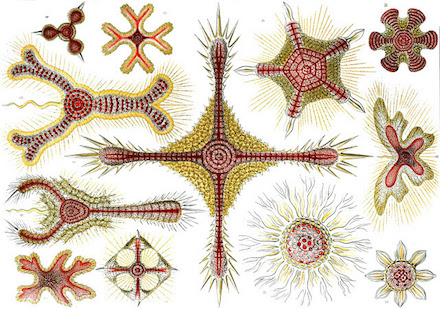
Diatomaceous Earth
Diatomaceous earth (DE) is a fine powder made from fossilized remains of tiny, aquatic animals called diatoms, whose skeletons are made of silica. Silica builds hair, skin and nails. DE has a negative ionic charge and is a very hard substance. The fossils have razor sharp edges that don’t affect humans but can be deadly to parasites and small insects.
It is often used as an activator in blood clotting studies, a thermal insulator, an anti-caking agent and mechanical insecticide. Several grades of diatomaceous are available but many contain added chemicals. Use the food-grade variety.
Some uses For Diatomaceous Earth
- Toothpaste – gets teeth clean, removes stains, reduces sensitivity and puts important minerals like calcium back in teeth. Mix diatomaceous earth with calcium powder, coconut oil and peppermint essential oil and use as regular paste.
- 2. Deodorant – a great alternative to baking soda. It absorbs smells but isn’t as alkaline. Mix cornstarch, coconut oil and diatomaceous earth.
- Healthy Hair – Silica is one of the most important trace elements in our body and crucial for healthy hair, skin and nails, and other bodily functions. Silica increases collagen production for strong bones, thick hair and clear skin. Women taking silica had thicker hair due to increased elasticity and tensile strength. For thick long hair, take one tablespoon of food-grade diatomaceous earth daily.
- Eliminate Head Lice – DE works mechanically to kill lice, absorbing the fat from their protective outer coating and drying them out. Diatomaceous earth is non-toxic, but it’s best to avoid breathing in the dust. Apply powder to hair and massage into the scalp. Let stay overnight. Shampoo out and comb with extra-fine comb. Do once a week for 3 weeks.
- Glowing Skin – Taking silica regularly can prevent damaged skin, and help with eczema, rashes, acne, cuts and scrapes. Diatomaceous earth can be taken internally for skin health or used topically in a facemask or facial scrub. To make a mask, mix the powder with water and apply to the face. Once it dries, wash off. For a scrub, mix ½ tablespoon of liquefied coconut oil with 2 tablespoons of diatomaceous earth. Massage into the face before rinsing.
- Strong Nails – silica can benefit the nails by supplementing the nail bed, improving support and strength. People claim a daily dose of diatomaceous earth can clear up nail fungus.
- Improve Digestion – Taken regularly, DE helps create more regular bowel movements. The increased collagen intake aids your body in absorbing nutrients and flushing out waste.
- Lower Cholesterol – Diatomaceous earth may play a role in bringing cholesterol levels back to the normal range.
- Remove Toxins – diatomaceous earth effectively removes heavy metals from water and carries mercury, lead, pesticide residues and other toxins and heavy metals out of the body. It can absorb some drugs so consult doctor before using.
- Flea & Tick Powder – Diatomaceous earth works well to kill fleas and ticks.
- Add to Cat Litter – DE is odorless, eliminates smells and absorbs twice its weight in liquid.
- Kill Bed Bugs – DE takes out fleas and bed bugs when they are in your bedding, carpets and soft furnishings. Dust areas with a light layer of diatomaceous earth. Leave a few hours or overnight before vacuuming.
- Organic Garden Pesticide – A powerful insecticide used against a variety of garden pests including aphids, ants, mites, earwigs, cockroaches, snails and slugs. DE won’t harm worms or beneficial microorganisms in the soil! Sprinkle powder on affected areas. If it rains reapply.
- 14. For long-term food storage of grains, legumes or other non-perishable food items for long periods of time, diatomaceous earth can rid food stores of bugs without harm. It keeps food dry, prevents mold, and is inexpensive. For a 5-gallon container of grains or legumes, mix in one cup of food grade diatomaceous earth. Rinse before cooking, or leave as is and add some trace minerals to your meal!
- Carpet Powder – adding DE to a few drops of essential oil to baking soda will amp up its effectiveness. It freshen, kill odors, and rids bed bugs or fleas from carpet.
- General Deodorizer – A small container of DE powder in your fridge will neutralize powerful odors. Sprinkle some in your running shoes or the garbage can to remove smells and kill bugs.
- Scouring Powder – Diatomaceous earth is a safe powerful scouring agent.
Take Diatomaceous Earth Internally on an empty stomach first thing in the morning. Start with a teaspoon and work your way up to a tablespoon daily. Mix powder with 12 ounces of liquid – water, milk, orange juice or smoothies. Mix well. DE is highly absorbent and may have a dehydrating effect. Counter this by increasing fluid
